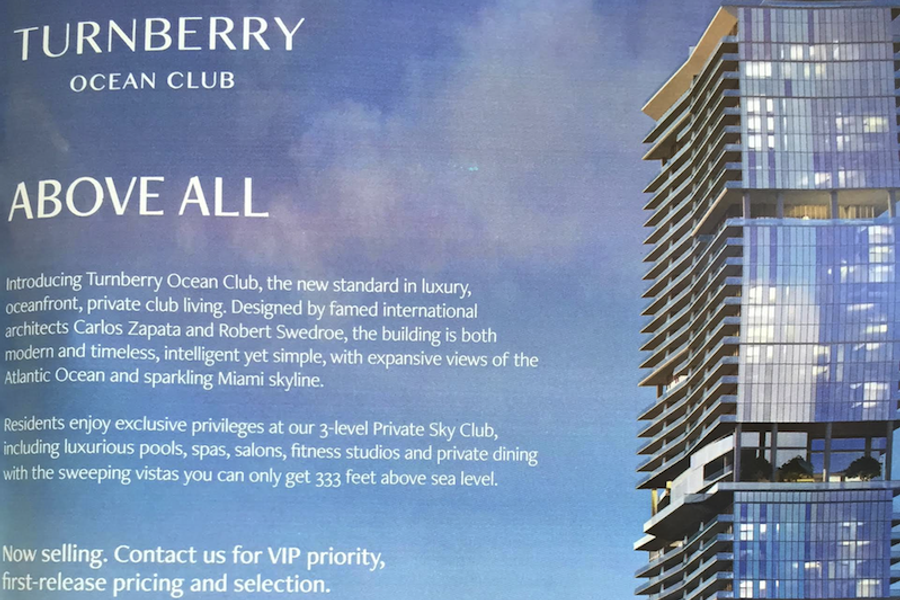A New Magazine for the 1%
The redesigned New York Times Magazine aims for a global outlook, but comes off as elitist.
Susan J. Douglas

On February 22, the New York Times breathlessly unveiled its redesigned Sunday magazine. The cover featured a globe in the blackness of space with the tagline “Hello, World.” “A Remade Magazine, Thinking Globally” the paper proclaimed on its front page, emphasizing that the new design would showcase international stories and embody “a renewed spirit of inquiry that is both subversive and sincere.”
Better adjectives, once you’ve slogged through the ads, would be elitist, self-congratulatory and clueless.
The Editor’s Letter gushed about new typefaces and heavier paper stock, and boasted, “You will also find, I am pleased to say, more pages of advertising than in any issue since October 2007” (a line that has since been changed in the online version). Indeed, the magazine is a shopping catalogue for the top .001%. And what message do these advertisers have? Hello rest of the world, we don’t care about you and we don’t have to.
The first 29 pages contain full-page or spread ads for luxury cars, 5-star resorts, wealth management services and condos in Manhattan that only the royal family of Qatar could afford. The first six pages – including three alternate covers – are sponsored by Cadillac, desperate to shrug off its image as the car best used for funerals; Cadillac sales were “terrible” in 2014, USA Today noted, and they “abruptly” fired their ad agency. Presumably this is the work of the new one. The ads are paeans to “the man … in the arena who strives valiantly” and “dare[s] greatly,” the campaign’s new motto.
What is the message of this man who “knows in the end the triumph of high achievement?” “It is the weak man who urges compromise,” Cadillac informs us, a quote it attributes to Elbert Hubbard, a long forgotten leader of the 19th century “arts and crafts” movement which opposed industrialization, and a sentiment that has paralyzed all productive work in Congress. The two-page ad for the Lincoln Navigator (starting price $61,480) advises that this “iconic vehicle” retains “every ounce of its original soul.”
On page 10, the Ritz-Carlton urges, “Let us prove winter is only a rumor.” Well, if you can afford to “enjoy an elevated oasis” that provides “a perpetual state of tranquility,” then you are so much better off than all those working stiffs in Boston this February, for whom winter was definitely not a rumor. Many of those poor bastards were unable to get to work or get food, because the mass transit system there was paralyzed by snow for days, and were beside themselves because they were losing desperately needed income. But no worries, the Ritz-Carlton will let you “trade in snow shovels for sand shovels.”
Tired of your apartment? Extell and Corcoran Sunshine invite you to “Move in this Year” to One Riverside Park, New York, a “Premium Residence Collection” for anywhere between $8.4 and $26 million. Too steep? Try One West End, with “meticulously crafted residences” that have been “designed and curated” by a “visionary hospitality designer,” for only “$1.3 to over $20 million.”
The great irony here is that a mere two weeks earlier, the Times published a huge exposé on the front page of its Sunday edition about how various international financial criminals were using shell companies to buy exactly the kinds of preposterously priced condos touted in these ads. Don’t want to live next to one of those guys? Try any one of the “new standards in luxury” in Florida with “exclusive privileges” where you get “VIP priority,” like at the Turnberry Ocean Club.
Next to a globally important article on the significance of the Fleetwood Mac album “Tusk,” Roca Patron tequila crowed over its “Superiority Complex” resulting from that fact that “cooked agave is crushed by a two-ton tahona stone wheel.”
Next, inquiring minds get tips from a telenovela star on how to cry on command, and advice on the importance of mixology books, because there’s nothing like reading about making cocktails to really “shift” your way of thinking.
By the time you actually get past the 100-page gauntlet of ads and front-of-the-book fluff to any articles about the world, you are gagging on the glorification of opulence. Then, on page 162, there’s a stunning juxtaposition of an article about Rio’s slums with an ad for The Rockefeller Group (another development corporation) and its “uncompromising commitment to quality.”
In theory, thanks to the Times’ much-touted “Chinese wall” between advertising and editorial departments, this corporate lucre has no effect on the magazine’s reporting. But what effect does it have on the reading experience? The reader is hailed as a pampered penthouse voyeur who can have articles about the Congo or Occupy Hong Kong laid at his or her feet, positioned not to say “what can we do,” but instead, “there but for the grace of God go I.” And maybe, “I’ll have a Patron.”
Susan J. Douglas is a professor of communications at the University of Michigan and a senior editor at In These Times. She is the author of In Our Prime: How Older Women Are Reinventing the Road Ahead.









